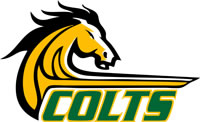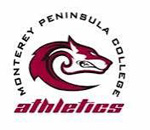Creating Alternative Leaning Strategies for Transfer Engineering Programs (CALSTEP)
Creating Alternative Learning Strategies for Transfer Engineering Programs (CALSTEP) is a collaborative project that aims to strengthen community college engineering programs. The project is developing core engineering laboratory courses that are delivered either completely online, or with limited face-to-face interactions. These laboratory courses, together with the online lecture courses developed through a previously funded NSF project, will enable community college students from colleges with limited engineering course offerings to complete the required lower-division engineering courses needed for transfer. CALSTEP is also developing alternative models of flipped classroom instruction to improve student success and enhance student access to engineering courses that otherwise could not be supported in traditional delivery modes due to low enrollment.
CALSTEP Goals
- Increase student access to lower-division engineering courses needed for transfer by developing online curriculum and alternative classroom models for these courses;
- Strengthen small community college engineering transfer programs in California by enabling them to offer a comprehensive set of lower-division engineering courses; and
- Train engineering faculty in effectively using the curriculum developed by the program.
CALSTEP Activities
- Develop resources for teaching online engineering lecture courses.
- Develop online laboratories for core engineering courses:
- Introduction to Engineering
- Engineering Graphics
- Materials Science
- Circuits
- Research, develop and pilot flipped / emporium models for low-enrollment engineering courses.
- Evaluate the effectiveness of the online labs and the alternative classroom models developed through the program.
Partner Institutions
| Cañada College |  |
Redwood City, CA (25 mi S of SF) |
| College of Marin |  |
Kentfield, CA (15 mi N of SF) |
| Monterey Peninsula College |  |
Monterey, CA |
This material is based upon work supported by the National Science Foundation under Grant No. DUE 1430789. Any opinions expressed in this material are those of the author and do not necessarily reflect the views of the National Science Foundation (NSF).
